PCBX.com Resources
Your source for industry knowledge, news, and expert insights

Latest Posts
Article
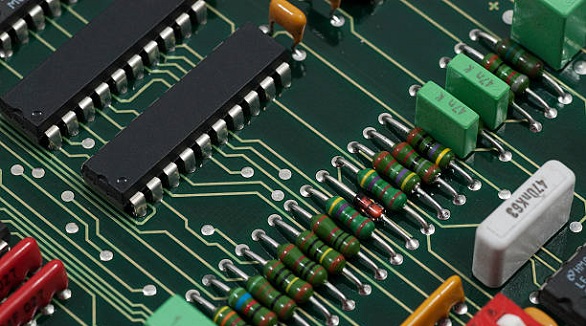
PCB tolerances ensure PCB reliability and performance by managing allowable variations in dimensions and materials, crucial for manufacturability and quality.
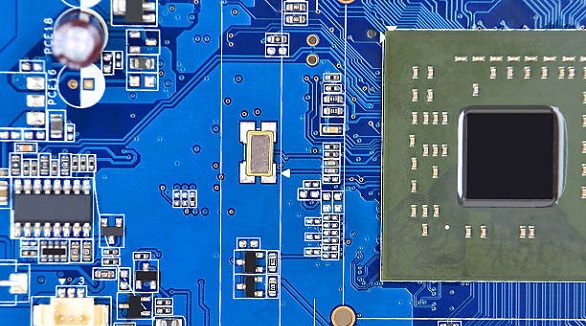
Any Layer HDI PCBs optimize space and performance with high-density connections, enhancing electronics across industries with reliable, cost-effective solutions.
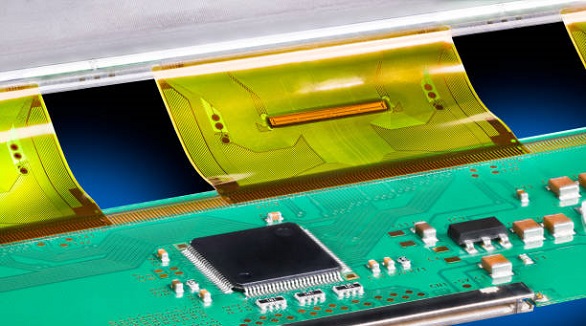
Flexible solder masks offer cost-effective flexibility, while coverlays provide durable protection for FPCs, catering to different application needs.
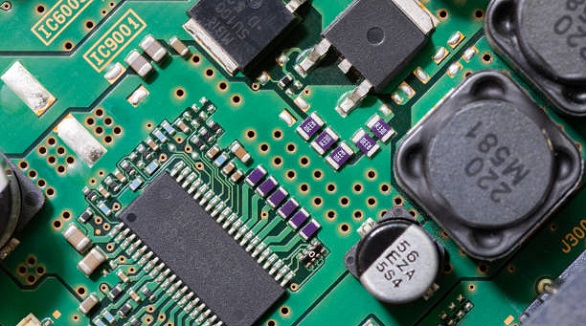
Serial numbers on PCBs are crucial for traceability, quality control, warranty support, and inventory management, ensuring compatibility and efficient device management.
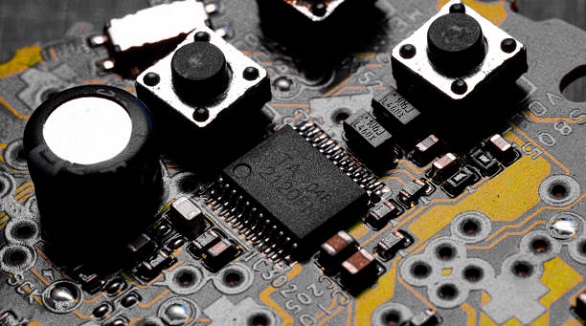
Low-voltage regulator PCBs are vital for stable power in electronics, enhancing device efficiency and reliability across numerous applications.

IPC-A-610 ensures global standards for PCB assembly, covering component placement, soldering, labeling, and training, enhancing quality and reliability.
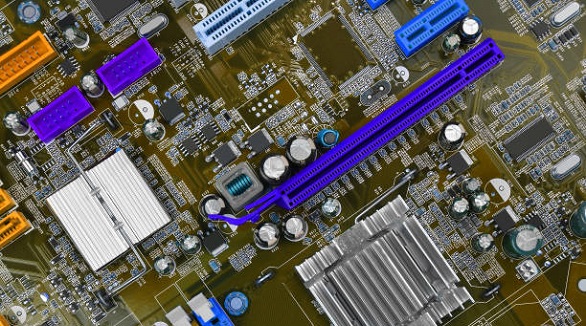
Superior PCBA testing ensures quality, functionality, and reliability, using diverse methods to prevent flaws, maintain standards, and enhance electronics manufacturing.
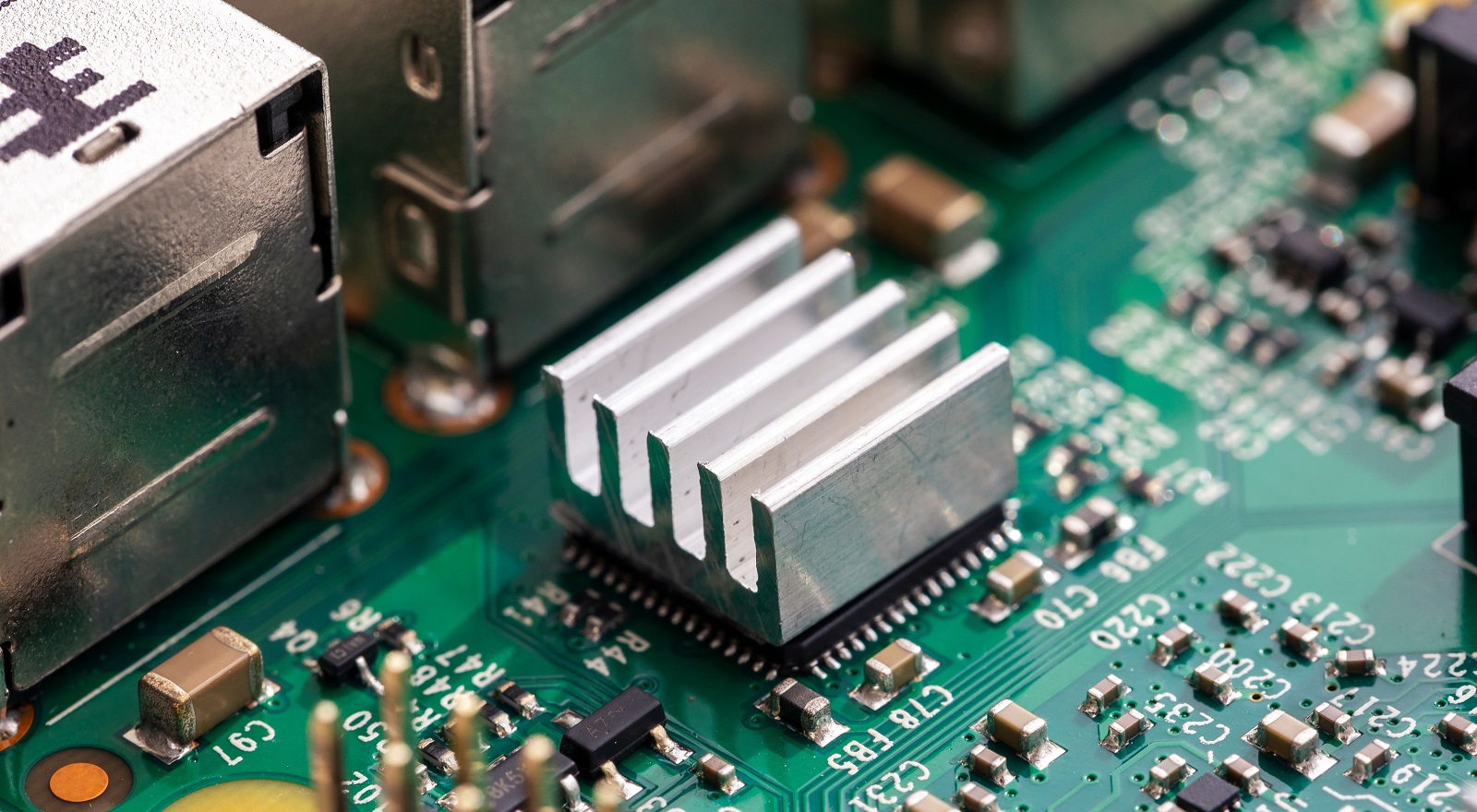
SMD heat sinks dissipate heat to prevent component failure, enhance reliability, and support compact designs, essential for modern, high-performance electronics.
